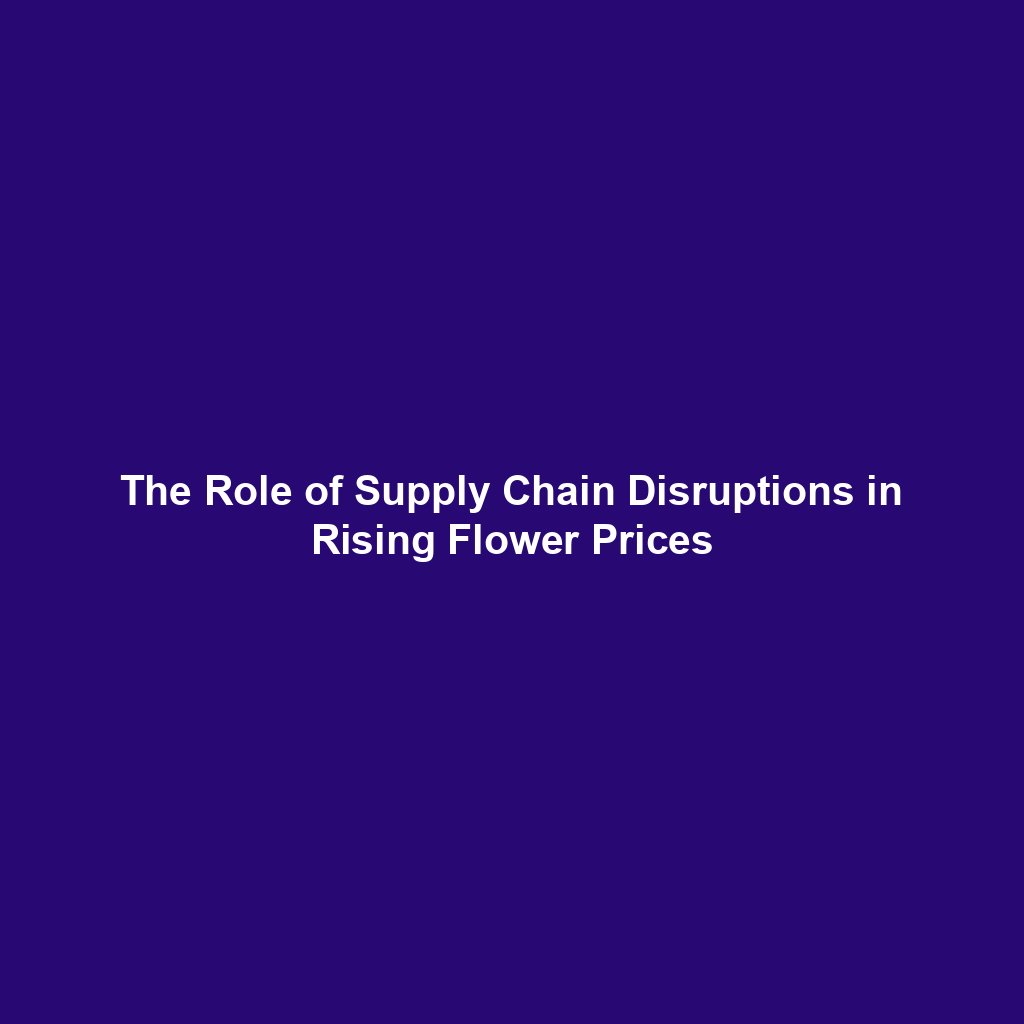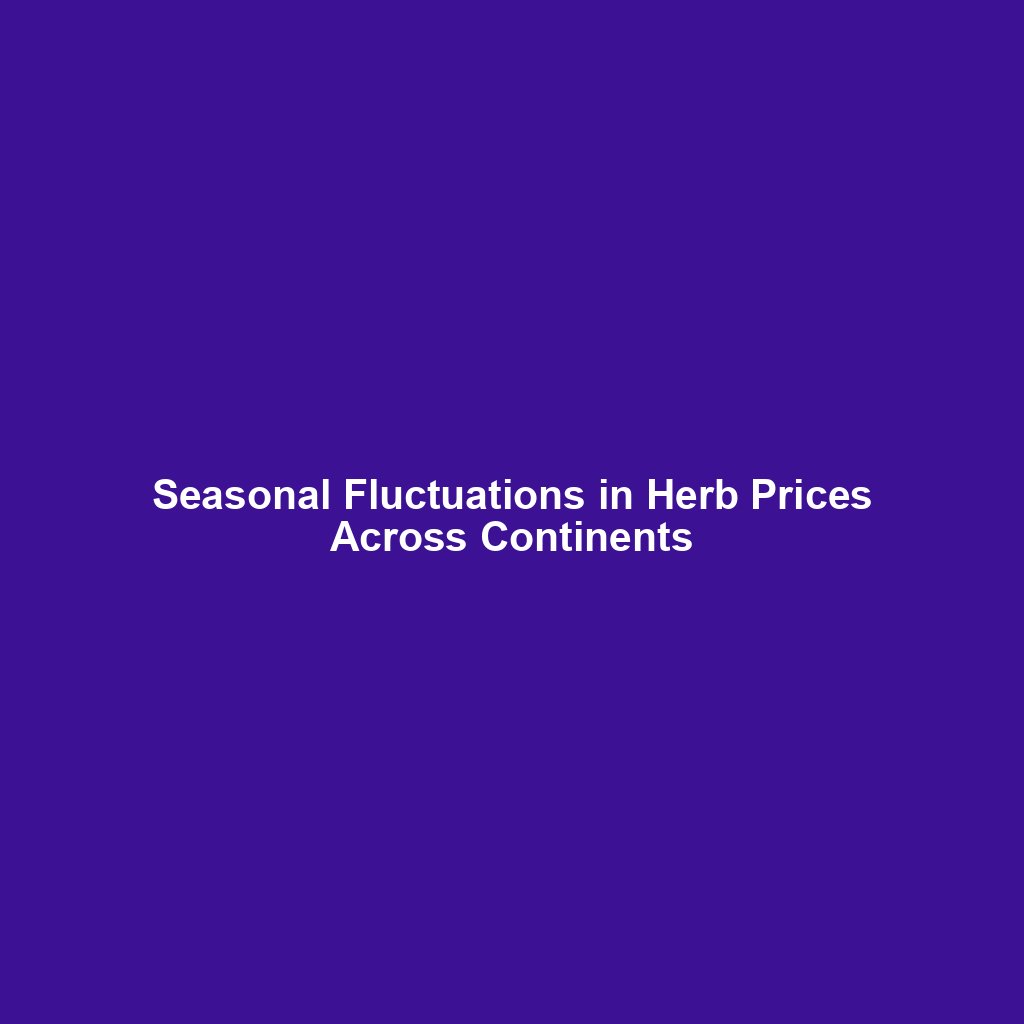
Introduction
Agriculture and agricultural price analysis are critical components of the global economy, influencing everything from food security to economic stability. Understanding the dynamics of agricultural markets and the factors that drive price changes is essential for policymakers, farmers, and consumers alike. This article delves into the intricacies of agriculture and agricultural price analysis, exploring the various elements that impact agricultural production and pricing.
Chapter 1: The Fundamentals of Agriculture
The Importance of Agriculture
Agriculture is the backbone of many economies, providing the primary source of food, raw materials, and employment. It encompasses a wide range of activities, including crop cultivation, livestock farming, forestry, and fisheries. The significance of agriculture extends beyond mere food production; it plays a vital role in rural development, poverty alleviation, and environmental sustainability.
Types of Agriculture
Agriculture can be broadly categorized into subsistence and commercial farming. Subsistence farming is primarily aimed at meeting the needs of the farmer’s family, with little surplus for sale. In contrast, commercial farming focuses on large-scale production for the market, often involving advanced technologies and significant capital investment.
Factors Influencing Agricultural Production
Several factors influence agricultural production, including:
- Climate: Weather conditions such as temperature, rainfall, and humidity significantly impact crop yields and livestock productivity.
- Soil Quality: The fertility and composition of soil determine the types of crops that can be grown and their potential yields.
- Water Availability: Access to water for irrigation is crucial for crop growth, especially in arid regions.
- Technological Advancements: Innovations in farming techniques, machinery, and biotechnology can enhance productivity and efficiency.
- Government Policies: Agricultural policies, subsidies, and trade regulations can influence production decisions and market dynamics.
Chapter 2: Agricultural Price Analysis
Understanding Agricultural Prices
Agricultural prices are determined by the interplay of supply and demand forces in the market. Prices fluctuate based on various factors, including production levels, consumer preferences, and external shocks. Analyzing these price movements is essential for making informed decisions in the agricultural sector.
Supply and Demand Dynamics
The supply of agricultural products is influenced by factors such as weather conditions, pest infestations, and technological advancements. On the demand side, consumer preferences, population growth, and income levels play a significant role. Understanding the balance between supply and demand is crucial for predicting price trends.
Price Volatility
Agricultural prices are often subject to high volatility due to the inherent uncertainties in production and market conditions. Factors such as natural disasters, geopolitical events, and market speculation can lead to sudden price spikes or drops. Managing price volatility is a key challenge for farmers and policymakers.
Price Analysis Techniques
Several techniques are used to analyze agricultural prices, including:
- Time Series Analysis: This method involves examining historical price data to identify trends, patterns, and seasonal variations.
- Econometric Models: These models use statistical techniques to quantify the relationships between prices and various influencing factors.
- Market Surveys: Surveys and interviews with market participants provide insights into current market conditions and future expectations.
- Scenario Analysis: This approach involves simulating different scenarios to assess the potential impact of various factors on prices.
Case Study: The Role of Supply Chain Disruptions in Rising Flower Prices
Supply chain disruptions can have a significant impact on agricultural prices, as evidenced by the recent rise in flower prices. Factors such as transportation delays, labor shortages, and logistical challenges have contributed to increased costs and reduced availability of flowers in the market. Analyzing these disruptions helps in understanding the broader implications for agricultural prices.
Conclusion
Agriculture and agricultural price analysis are complex and multifaceted fields that require a deep understanding of various factors influencing production and pricing. By examining the fundamentals of agriculture and employing robust price analysis techniques, stakeholders can make informed decisions to navigate the challenges and opportunities in the agricultural sector. As the global economy continues to evolve, the importance of agriculture and its impact on prices will remain a critical area of focus for researchers, policymakers, and industry participants.



